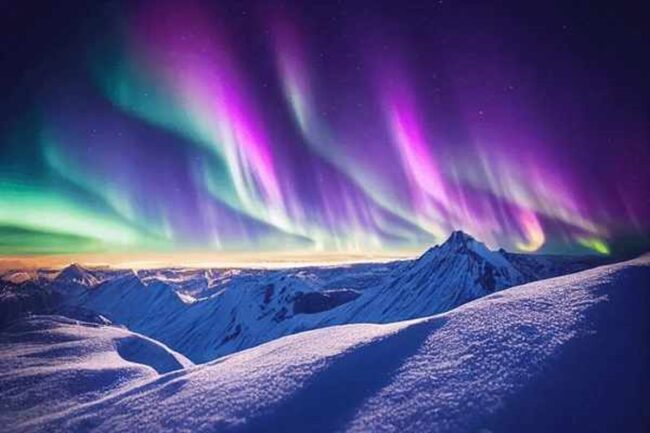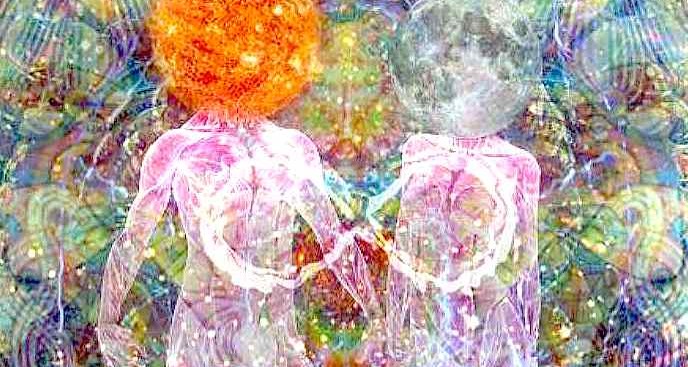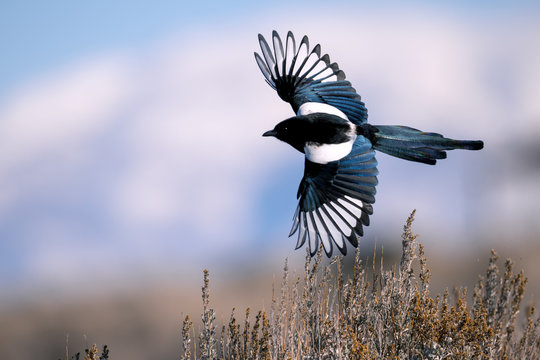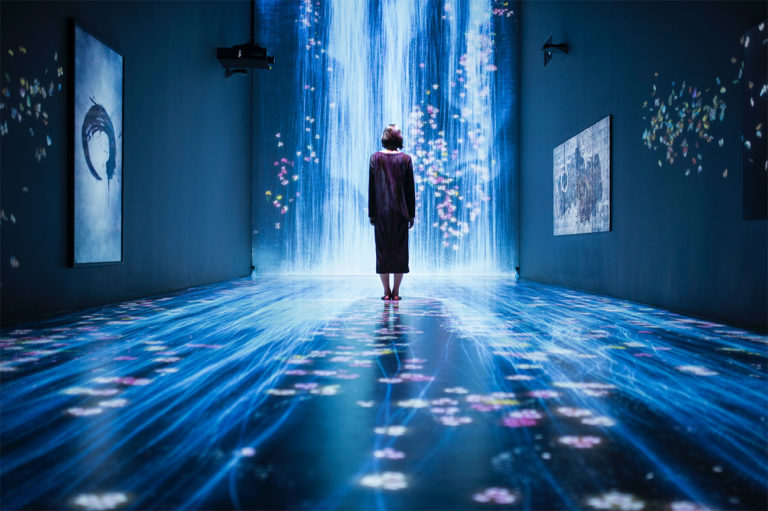Aurora Borealis Spiritual Meaning: A Journey Through Cultures and Myths
The Aurora Borealis, commonly known as the Northern Lights, has long captivated the human imagination.
Its ethereal glow, dancing across the night sky, has given rise to a myriad of interpretations and beliefs, deeply rooted in various cultures and mythologies.
This article delves into the diverse and profound Aurora Borealis spiritual meaning, exploring how this celestial phenomenon has been perceived and revered around the world.
Aurora Borealis/ Northern lights Spiritual Menaing
Have you ever stood beneath the swirling colors of the Northern Lights and felt a connection to something beyond this world?
You aren’t alone. For centuries, cultures across the globe have attached deep spiritual significance to this celestial ballet.
In Norse mythology, it was believed that the lights were the reflections of the Valkyries’ armor, a group of female figures who chose those who may die in battle. The sight of these lights was often regarded as an omen of war.
Meanwhile, the indigenous Sami people of Scandinavia saw the lights as a spiritual entity. Their folklore suggests that one should behave respectfully when the lights are visible, or risk invoking the spirits’ wrath.
Over in North America, the Inuit people believed that the lights were the spirits of their ancestors, playing a game of football in the sky. This was a comforting thought, a reassuring connection to those who had passed on.
Mythological and Cultural Interpretations
Ancient Greece and Rome
In these ancient civilizations, the Aurora was seen as a harbinger of dawn.
The Greeks associated it with Aurora, the sister of the sun and moon, symbolizing the arrival of a new day.
Similarly, the Romans viewed it as a manifestation of their goddess of dawn.
European Perspectives
In Europe, the Aurora’s rare appearances were often seen as omens.
In France and Italy, they were interpreted as harbingers of war or plague, while in Scotland and England, they were linked to significant historical events like the French Revolution.
Asian Beliefs
In China, the Aurora was believed to be a celestial battle between dragons, while in Japan, it was thought that children conceived under the Northern Lights would be blessed with fortune and beauty.
Aboriginal Australian Views
The indigenous Australians, familiar with the Aurora Australis (Southern Lights), interpreted these lights as a dance of the gods, a spiritual display in the heavens.
North American Indigenous Beliefs
Cree Indians
For the Cree, the Aurora represented the spirits of the dead, a poignant reminder of the circle of life and the connection between the earthly and the spiritual realms.
They also believed that the lights were a pathway to the afterlife.
Alaskan Tribes
The Inuits saw the Aurora as a sign of good luck and prosperity, while for the Tlingit tribe, it was a reminder of their ancestors’ spirits watching over them.
The Haida people believed that the lights were an entrance to their spirit world.
Algonquin Interpretation
The Algonquin people saw the Aurora as a fire built by their creator, Nanahbozho, a symbol of his presence and protection.
They also believed that the lights had healing powers and would dance around the sick to cure them.
Inuit Tribes
The Inuit interpreted the lights as the spirits of humans or animals, engaged in a celestial game, reflecting their deep connection with nature and the spirit world.
They also believed that the lights could be used for guidance in hunting and fishing.
Makah Indians and Mandan People
These tribes had unique interpretations, with the Makah seeing the lights as fires used by dwarves, and the Mandan believing them to be cooking fires for warriors in the afterlife.
Both saw the Aurora as a reminder of their cultural beliefs and traditions.
Northern Scandinavia, Iceland, and Greenland
In these regions, the Aurora was often linked with life events such as childbirth, with beliefs ranging from pain relief during labor to more somber interpretations involving the souls of the unborn.
Other beliefs included seeing the lights as a path for deceased loved ones to travel to the afterlife, or as spirits playing in the sky.
Symbolic Interpretations of Northern Lights across Countries
- Canada (First Nations): Many Indigenous tribes in Canada perceive the Northern Lights as a harbinger of good news, with the lights being the spirits of their ancestors dancing in the sky.
- Iceland: In Icelandic folklore, the Aurora Borealis is often linked with childbirth. It’s believed that the lights can ease the pain of labor, but they could also portend danger if looked at during childbirth.
- Finland: For the Finnish, the Northern Lights are mystical foxes darting across the sky, their tails brushing against the mountains and causing sparks to fly up into the heavens.
- Russia: In Russian folklore, the Northern Lights are perceived as the fire dragon or the heavenly armies protecting their borders.
- Norway: Norwegian folklore often depicts the Aurora as the spirits of old maids dancing and waving, or the souls of the departed.
- Sweden: In Swedish folklore, the Northern Lights are seen as a gift of light from the gods to the people, symbolizing goodwill and prosperity.
- Greenland: Traditional Greenlandic belief relates the Northern Lights to the souls of departed children, playing in the sky.
Remember, these are just interpretations and beliefs, not facts. But, no matter what the interpretations are, there’s no denying the magic and wonder of the Northern Lights. Aren’t they just fascinating?
Norse Mythology and the Aurora
In Norse mythology, the Aurora was seen as the glow from the shields and armor of the Valkyrie or as the Bifrost Bridge, guiding fallen warriors to Valhalla.
It was also believed to be the manifestation of the goddess Freya, who would ride through the sky on her chariot pulled by cats.
The Aurora’s colors were thought to reflect her mood and emotions as she traveled.
Baltic States’ Perspective
The Estonians had a particularly poetic view, imagining the Aurora as heavenly carriages transporting guests to a celestial wedding, a symbol of joy and celebration.
In Latvia, the Aurora was seen as a magical celestial dance between two star-crossed lovers, while Lithuanian folklore describes it as a battle between the spirits of the dead.
Modern Interpretations and Experiences
Today, the Aurora Borealis continues to inspire spiritual experiences and personal reflections, transcending cultural boundaries and reminding us of our shared human experience under the vast, starry sky.
Whether you choose to believe in the old tales or simply marvel at the scientific explanation, the Northern Lights will always hold a special place in our hearts and minds.
So make sure you don’t miss out on this incredible natural phenomenon – plan your trip to see them now!
The best viewing locations include Alaska, Canada, Iceland, Norway, and Sweden. And remember, no matter where you are, the faster you can get away from city lights and into a clear, dark night sky, the better your chances of seeing this spectacular display of light.
Conclusion
The Aurora Borealis spiritual meaning is as varied and beautiful as the lights themselves. Across cultures and through the ages, it has been a source of mystery, inspiration, and spiritual guidance.
Its universal appeal lies in its ability to connect us with something larger than ourselves, a dazzling reminder of the wonders of the universe and the enduring human spirit.







